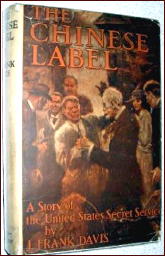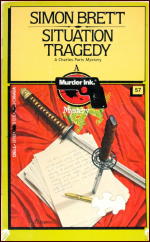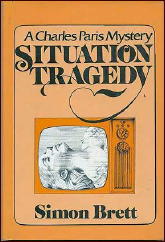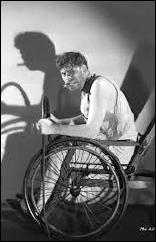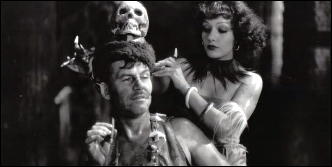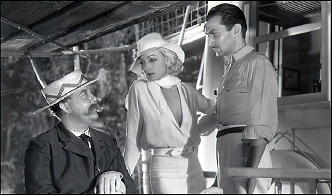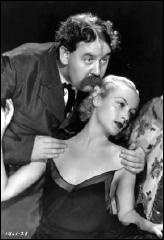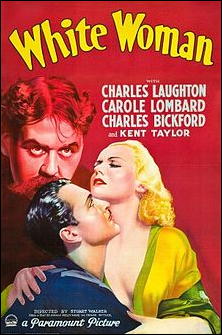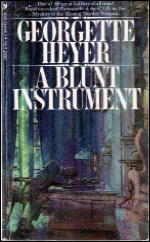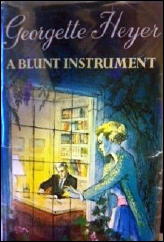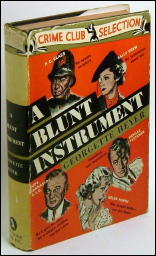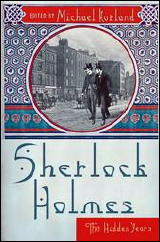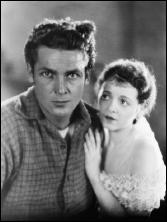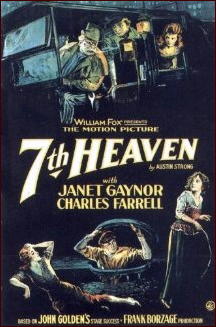MASTERPIECES OF MYSTERY
A Bibliographical Account
Presented by Victor A. Berch
There seems to have been a few compilations of mystery stories under this title, but presented below is the earliest I could find. The stories appeared in the Sunday Constitution Magazine of the Atlanta Constitution and what makes them unusual is that they were condensations of the original tales by Arthur B(enjamin) Reeve of Craig Kennedy fame.
Some of the readers of Mystery*File may have online access to the Atlanta Constitution, but for those who do not, your local library should be able to borrow the microfilms of the issues involved.
The list is arranged by story number, story title and date of publication. So here goes:
1. The Murders in the Rue Morgue, by Edgar Allan Poe [not noted as a
Masterpiece of Mystery]-June 10, 1928
2. File No. One-Thirteen, by Emile Gaboriau [also not noted as a Masterpiece
of Mystery] June 17, 1928
3. The Sign of the Four, by Sir Arthur Conan Doyle. June 24, 1928
4. The Outcasts of Paris, by Eugene Francois Vidocq. July 1, 1928
5. Zadig, by Voltaire. July 8, 1928
6. The Adventure of the Hansom Cab, by Robert Louis Stevenson. July 15, 1928
7. Inspector Bucket, by Charles Dickens. July 22, 1928
8. Sergeant Cuff, by Wilkie Collins. July 29, 1928
9. The Story of the Three Burglars, by Frank R. Stockton. Aug. 5, 1928
10. The Horla, by Guy de Maupassant. Aug. 12, 1928
11. The Biter Bit, by Wilkie Collins. Aug. 19, 1928
12. The Doomdorf Mystery, by Melville Davison Post.. Aug. 26, 1928
13. A Scandal in Bohemia, by Sir Arthur Conan Doyle. Sep. 2, 1928
14. The Purloined Letter, by Edgar Allen Poe. Sep. 9, 1928
15. The Safety Match, by Anton Chekhov. Sep. 16, 1928
16. Some Scotland Yard Cases, by Sir Robert Anderson,. Sep. 23, 1928
17. Gentlemen and Players, by E. W. Horning. Sep. 30, 1928
18. The Riddle of the Rope of Fear, by Mary E. and Thomas W. Hanshew,
Oct. 7, 1928.
19. The Sign of the Shadow, by Maurice Le Blanc. Oct. 14, 1928
20. The Murder at the Jex Farm, by Oswald Crawford. Oct. 21, 1928
21. The Border, by Henry C. Rowland. Oct. 28, 1928
22. The Man Who Was Lost, by Jacques Futrelle. Nov. 4, 1928
23. The Mystery of the Steel Door, by Broughton Brandenberg. Nov. 11, 1928
24. The Mystery of the Seven Minutes, by Louis Joseph Vance. Nov. 18, 1928
25. The Lost Room, by Fitz-James O’Brien. Nov. 25,1928
26. The Woman in the Case, by Arthur Train. Dec. 2, 1928
27. The Yellow Cat, by Wilbur Daniel Steele. Dec. 9, 1928
28. The Oblong Box, by Edgar Allan Poe. Dec. 16, 1928
29. A Suspicious Character, by William Hamilton Osborne. Dec. 23, 1928
30 The Mystery of the Steel Room, by Thomas W. Hanshew. Dec. 30, 1928
31. The Great K & A Train Robbery, by Paul Leicester Ford. Jan. 6, 1929
32. The Mystery at 89—-St., New York, by George S. McWatters. Jan. 13, 1929
33. The Adventure of the Toadstools, by Sax Rohmer. Jan. 20, 1929
34. The Fenchurch Street Mystery, by Baroness Orczy. Jan. 27, 1929
35. The Case of Mrs. Magnus, by Burton. F. Stevenson. Feb. 3, 1929
36. Cowardice Court, by George B. McCutcheon. Feb. 10, 1929
37. Cheap, by Marjorie. L. C. Pickthall. Feb. 17, 1929
38. The Great Valdez Sapphire, by Anonymous. Feb. 24, 1929
39. The Episode of the Black Casquette, by Joseph Ernest. Mar. 3, 1929
40. The Listener, by Algernon Blackwood. Mar. 10, 1929
41. The Mysterious card, by Cleveland Moffett. Mar. 17, 1929
42. A Study in Scarlet, by A. Conan Doyle. Mar. 24, 1929
43 [not used]
44. The Lost Duchess, by Anonymous. Mar. 31, 1929
45. The Pipe, by Anonymous. Apr. 7, 1929
46. The Hand on the Latch, by Mary Cholmondely. Apr. 14, 1929
47. [not used}
48. The Beast with Five Fingers, by William F. Harvey. Apr. 21, 1929
49. The Mystery of Marie Roget, by Edgar Allan Poe. Apr. 28, 1929
50. The Risen Dead, by Max Pemberton. May 5, 1929
